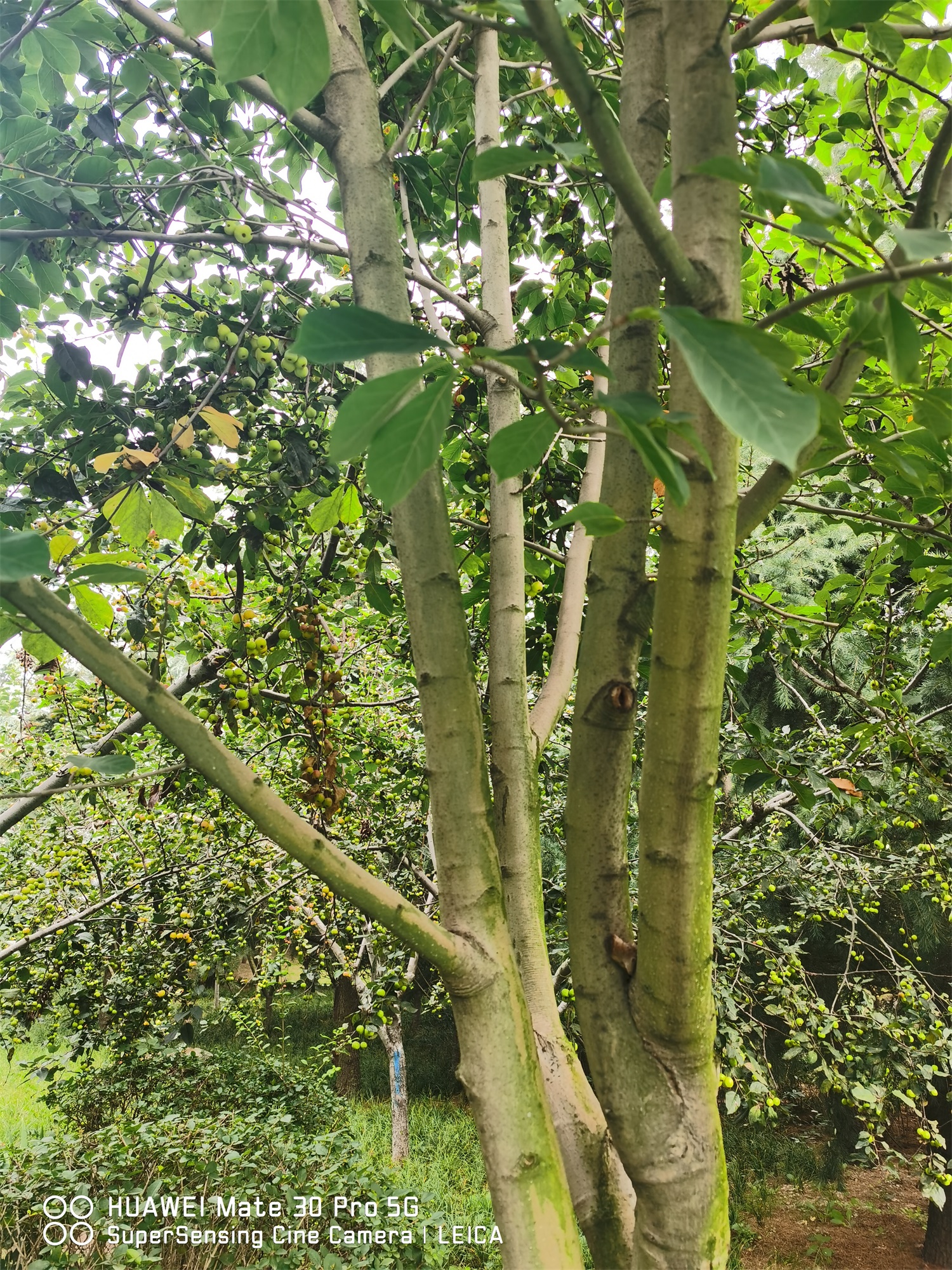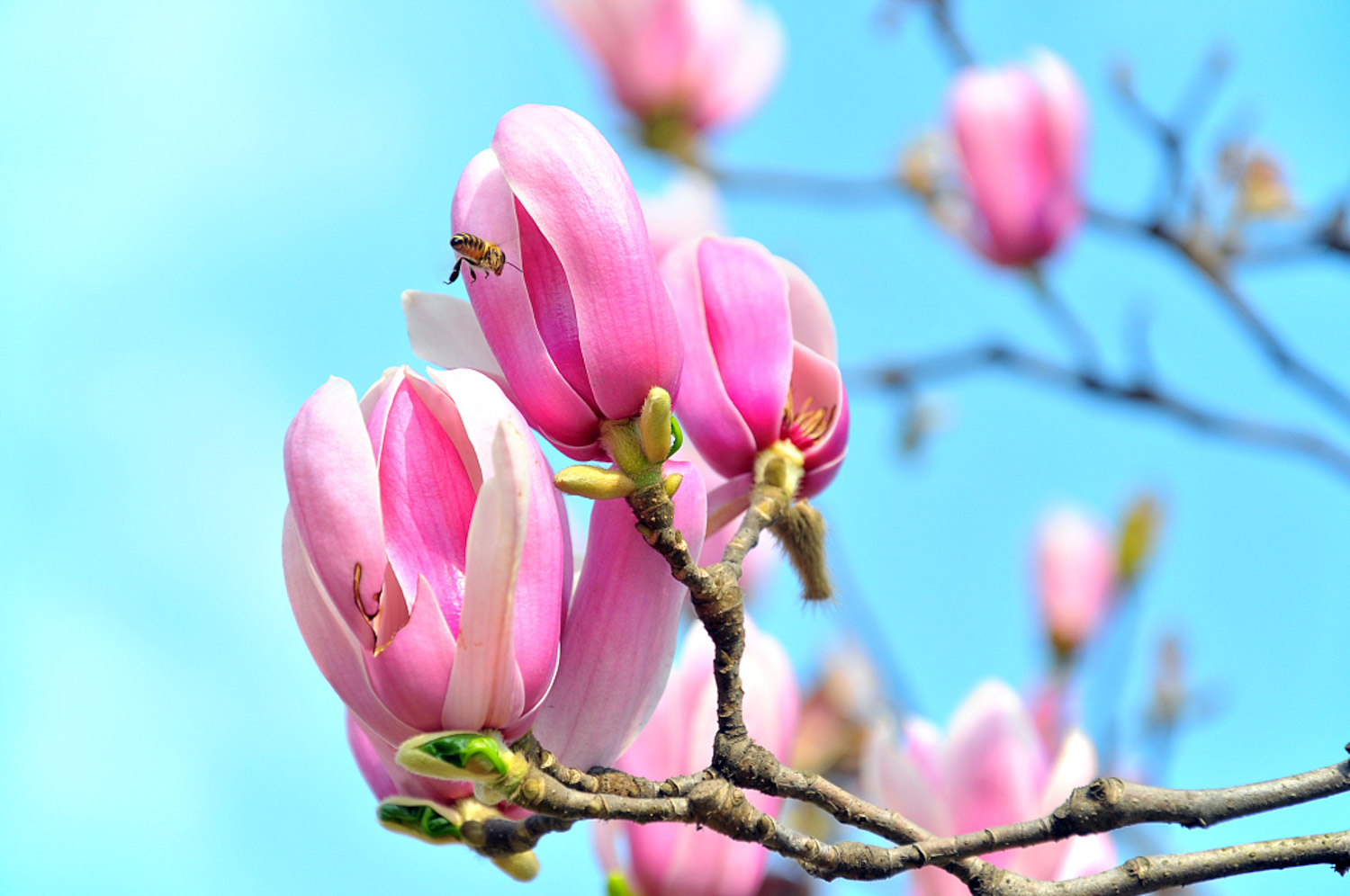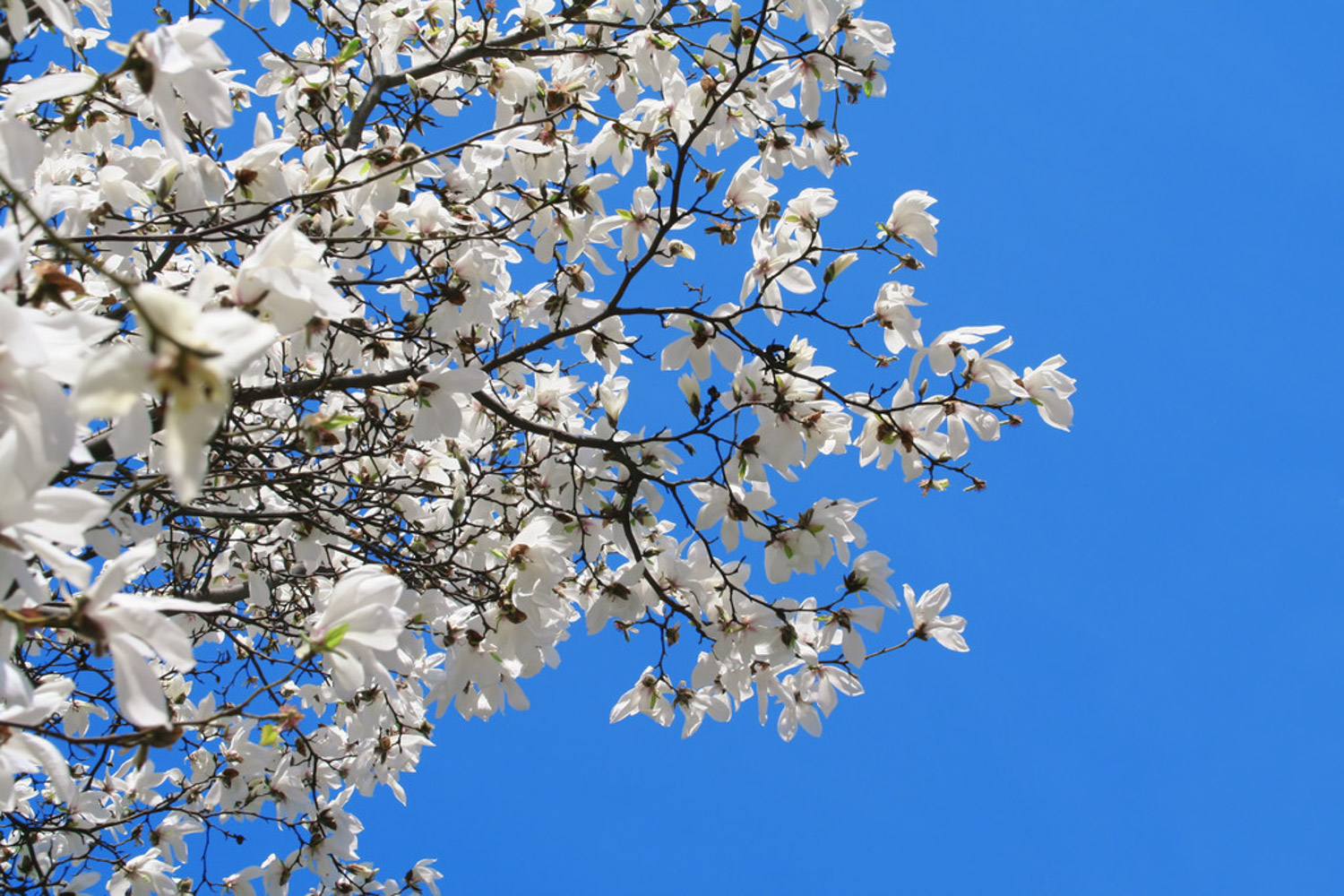Watering techniques of Magnolia
Magnolia is a fleshy root. On the one hand, it needs timely water supply, on the other hand, it is afraid of ponding

The soil should be kept slightly moist during the flowering and growth period of Magnolia. In the two season of summer and autumn, water is usually poured once a day, but in hot weather, it is best to sprinkle water once and every night. In addition, spray and sprinkler spray can be used to increase the air humidity around the magnolia leaves and flower pots. After autumn, we should gradually reduce watering, which can delay the rooting speed of Magnolia, promote the growth and maturity of branches, and help Magnolia survive the winter. Generally, water is not needed in winter. Only when the soil is too dry can it be watered appropriately. It is easy to cause ponding or rotten rain in spring. Otherwise, it is easy to control the number of times of watering Magnolia and other roots, or it is easy to cause ponding in spring

In addition, if you use tap water for watering, you should also pay attention to preventing soil alkalization. Once the leaves are found to be yellowing, it is necessary to apply ferrous sulfate or spray the leaves with 0.3% to 0.4% acid and vinegar
Fertilization techniques of Magnolia
Magnolia is a fat loving flower, but it should not be fat. Because Magnolia has a long flowering period and many flowers, timely provision of sufficient nutrients can make Magnolia bloom more and bloom more. The fertilizer is generally fully decomposed organic fertilizer. The principle of fertilization is to apply thin fertilizer frequently, or light fertilizer first and then thick fertilizer. Do not apply raw fertilizer or thick fertilizer, otherwise the root will be burned

Sufficient base fertilizer should be applied when the pot is on. Fertilizer is generally applied twice during the growth period, once in early spring and once from May to June, which is conducive to the differentiation of flower buds and promote the growth of Magnolia. During the flowering period from May to October, fertilizer is applied every 5-7 days. Generally, organic fertilizer dominated by phosphorus fertilizer and potassium fertilizer is selected. At the same time, apply fertilizer outside the root every 7-10 days, and spray 0.5% plant auxin and 0.3% potassium dihydrogen phosphate on the leaves
The newly planted seedlings do not need to be fertilized. They can be fertilized after falling leaves or the next spring

 how many times do yo...
how many times do yo... how many planted tre...
how many planted tre... how many pine trees ...
how many pine trees ... how many pecan trees...
how many pecan trees... how many plants comp...
how many plants comp... how many plants can ...
how many plants can ... how many plants and ...
how many plants and ... how many pepper plan...
how many pepper plan...



























